Last Updated on August 5, 2021
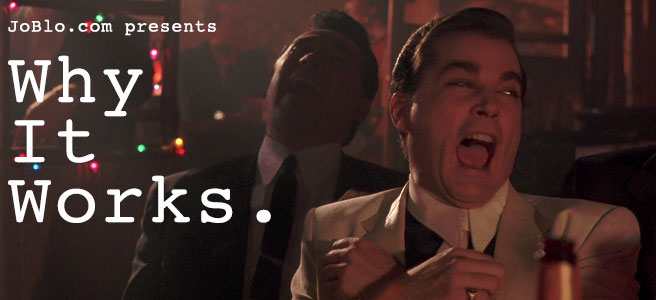 Why It Works is an ongoing column which breaks down some of the most acclaimed films in history and explores what makes them so iconic, groundbreaking, and memorable.
Why It Works is an ongoing column which breaks down some of the most acclaimed films in history and explores what makes them so iconic, groundbreaking, and memorable.
****SPOILERS AHEAD****
The long-anticipated SUICIDE SQUAD hits theaters this weekend, and while reviews have been middling at best (you can read ours here), I thought it might be fun to take a look into the world of bad guys as protagonists. From THE GODFATHER and other mob classics to A CLOCKWORK ORANGE to films as innocent as DESPICABLE ME, we’ve seen our fair share of morally dubious antiheroes, but what makes these characters not only watchable but often even likable? For our answer, we’re looking to one of the masters of boorish leads, Martin Scorsese, and one of the most critically acclaimed films of his career. GOODFELLAS delivers no shortage of ill-tempered characters, an undefined, sometimes chaotic plot, and an ending which leaves us just the right amount of dissatisfied. Here’s why it works:
WHY WE LIKE THE CHARACTERS:
“As far back as I can remember, I always wanted to be a gangster.” Right from Henry Hill’s opening narration, we have our first glimpse of GOODFELLAS‘ hook. Henry begins his relationship with organized crime as a fresh faced kid, looking on in a state of wonder. Once we cut to an experienced, adult Henry, we still see him as that child wanting to fit in and do right by his elders- as well as throwing the occasional tantrum. This is our way into most of the characters in the film; it’s not just that they’re “regular guys” so much as they’re regular guys who want to be larger than life- a yearning to which we can all relate. We see the childlike quality most in Tommy DeVito (and in Joe Pesci‘s Oscar-winning performance), who plays fast and loose not only with the actual law but also the law within the Family. There are only five on-screen deaths in GOODFELLAS, two of which are a result of Tommy’s short fuse, and one of which is Tommy himself as a consequence to his actions. Jimmy Conway and Paulie Cicero serve respectively as an elder brother and father figure to Henry. Both characters are cool and collected while also maintaining a strict set of rules and a loyalty to those who remain loyal to them. Finally, Henry’s wife Karen gives us an outsider’s view of the plot as she struggles between remaining devoted to her husband and losing tolerance for his dangerous lifestyle. Oh, also, there was Anthony Stibiles, Frankie Carbonie, Moe Black’s brother Fat Andy, Frankie the Whop, Freddy No-Nose, Pete the Killer who was Sally Ball’s brother, Mickey Eyes, Fran Chesey, Jimmy Two-Times… and the list goes on.
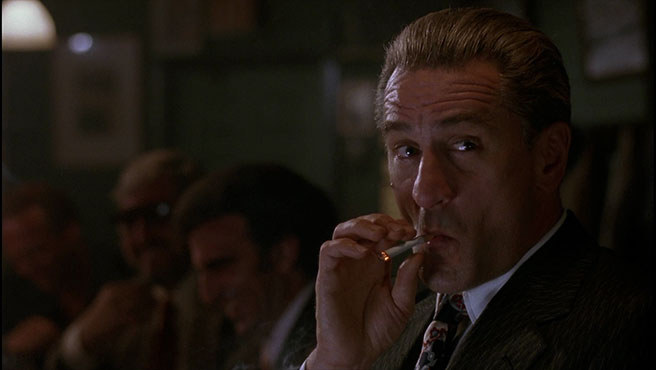 “Jimmy was the kind of guy that rooted for bad guys in the movies.”
“Jimmy was the kind of guy that rooted for bad guys in the movies.”
WHY WE CARE:
GOODFELLAS is not a story about how great the mob is but rather how great it seems. As Henry puts it, “for us to live any other way was nuts. To us, those goody-good people who worked shitty jobs for bum paychecks and took the subway to work every day, and worried about their bills, were dead.” There’s certainly an element of wish fulfillment to Henry’s tale, particularly in the early scenes when we mostly see the perks of the life and little of the cost. For a movie with such a grand premise and so many moving parts, though, GOODFELLAS actually feels a bit like a slice of life movie at times. There’s no real driving, overarching plot, and the only thing that really connects the story together, the murder of Billy Batts, doesn’t happen until almost an hour in and isn’t clearly a significant plot point until much later on. Instead, we’re treated to a rich tapestry of scenes which, while not always connected, portray the increasing tension, drama, risk, and consequence of the life. Scorsese and company also keep the film feeling fresh by switching styles without ever losing the thread or overall tone of the film. Once we see Henry’s rise from errand boy to established wiseguy, we switch to Karen’s point of view. This allows us more time to see through the eyes of the uninitiated as well as giving us more perspective into how these characters justify the choices they make. Once the story moves into the second act, we switch from gangster flick to domestic drama to heist movie to prison cooking show to Christmas story to conspiracy thriller- all of which finally culminates in a brief courtroom drama and suburban epilogue.
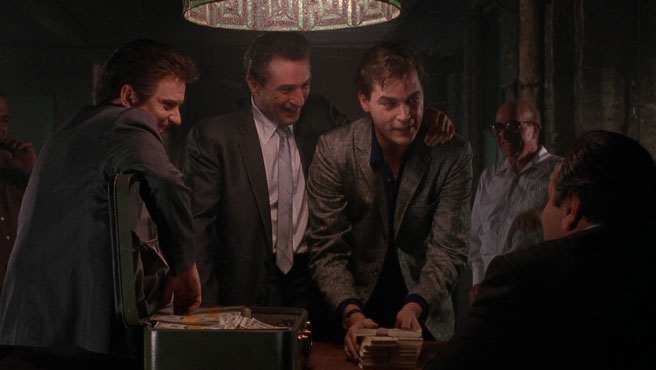 “We always called each other good fellas. Like you said to somebody, ‘You’re gonna like this guy. He’s all right. He’s a good fella. He’s one of us.'”
“We always called each other good fellas. Like you said to somebody, ‘You’re gonna like this guy. He’s all right. He’s a good fella. He’s one of us.'”
WHY WE’RE SATISFIED:
This is the tricky part: how do you end a movie about bad guys? If the protagonists win, the film could be interpreted as condoning their behavior, but if they lose, what was the point of asking us to invest in these characters in the first place? From the Greeks to Shakespeare to Tarantino, one option has always been to let everyone be as bad as possible and then have them all kill each other in a blaze of, “well, it all went to shit, but wasn’t it fun,” but GOODFELLAS takes a more nuanced approach. After a coke-fueled errand run turns into a game of helicopter hide and seek, Henry is taken in by the FBI. Agreeing to testify against Jimmy and Paulie, Henry is placed in witness protection. In the final moments of the film, Henry has resigned to live out the rest of his life “like a schnook,” as a vision of Tommy ensures us the threat of Henry’s past still weighs very heavily upon him. In a film full of murder and high risk situations, we’re relieved Henry made it out alive, but his situation and mental state as the credits rolls are far from enviable. In the real Henry Hill’s own words, “it looks real good on the screen, but if they ever had to live one day the life that I lived, you know, I don’t think any of these kids’d want to be wiseguys today.”
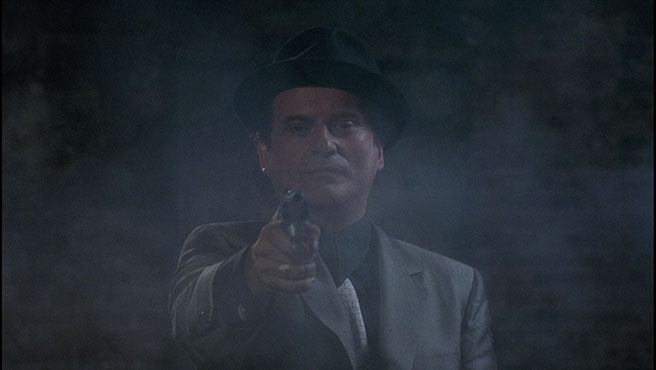 “No more shines, Billy.”
“No more shines, Billy.”
WHY WE REMEMBER:
Sometimes, movies based on true stories can feel more like a dramatized documentary than an exciting experience. Fortunately, that’s not exactly a problem with GOODFELLAS. Granted, the film is an adaptation of Nicholas Pileggi‘s telling of Henry Hill’s life in Wiseguy, but regardless of what liberties were taken with the truth, GOODFELLAS succeeds on its own merit, and the fact it’s based on true events is just extra spice in the sauce. Scorsese’s film also flourishes in its juxtapositions, with the violence and dark subject matter of the story undercut by a lively, full, and brilliant soundtrack, sharp outfits, precisely cooked meals, and a genuine sense of family, be it Henry and Karen’s constantly tested relationship or the love, loyalty, and bickering among the good fellas themselves. Similarly, the humor in Scorsese and Pileggi’s script maintains an air of levity throughout the film (not to mention making it incredibly quotable), and the phenomenal cast of Ray Liotta, Robert De Niro, Joe Pesci, Lorraine Bracco, Paul Sorvino, and a revolving door of colorful wiseguys and no-nonsense women brings strength and authenticity to the story. Finally, Martin Scorsese‘s directing along with Michael Ballhaus’ cinematography and Thelma Schoonmaker’s editing make for a uniquely shot film which barrels along and keeps the almost 2.5 hour runtime from dragging. Of course, GOODFELLAS stands on the shoulders of THE GODFATHER and plenty of the mob films of Hollywood’s Golden Age, and plenty of movies and television shows have followed in its footsteps since, but there’s no question Martin Scorsese‘s masterpiece will continue to be counted among the greats for years to come. Now go home and get your f*cking shinebox.
Thoughts? What else worked for you? What didn’t? Strike back below!
If you have any movies you’d like to see put under the microscope, let us know below or send me an email at [email protected].


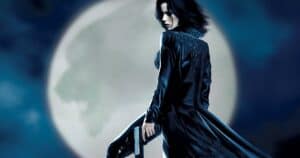
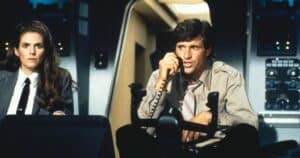
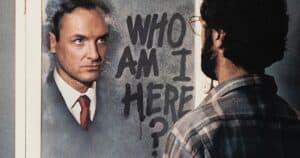
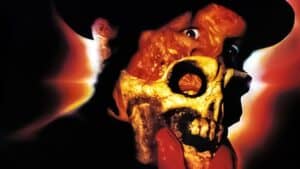
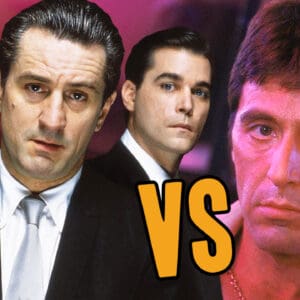
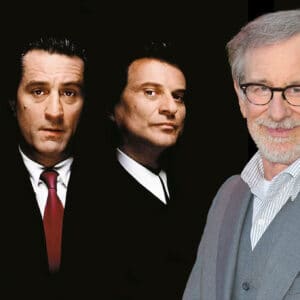
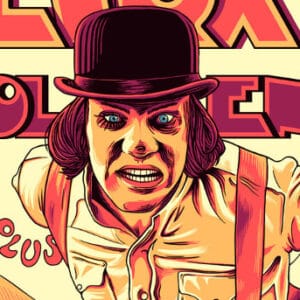
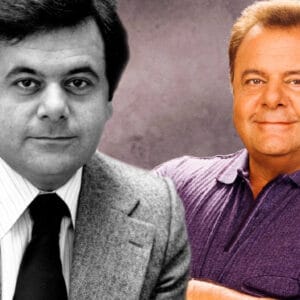
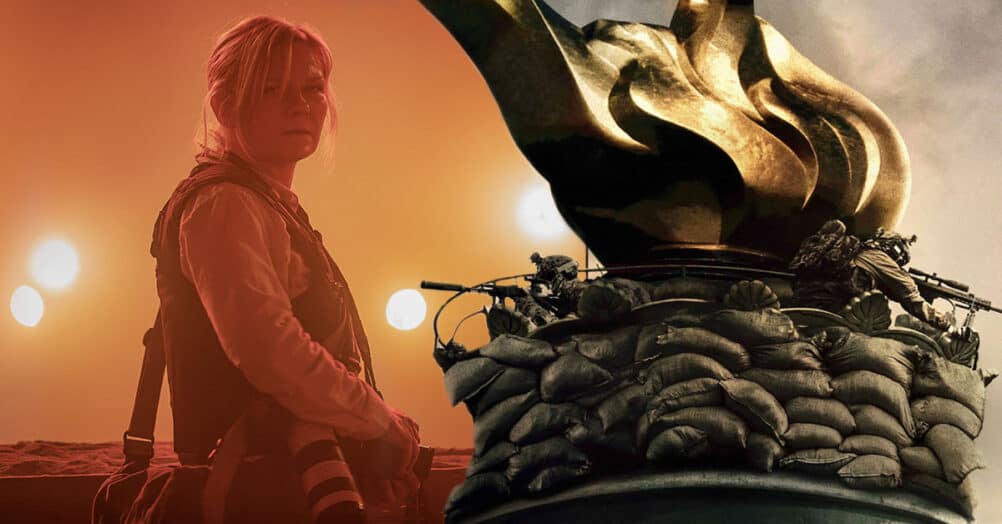
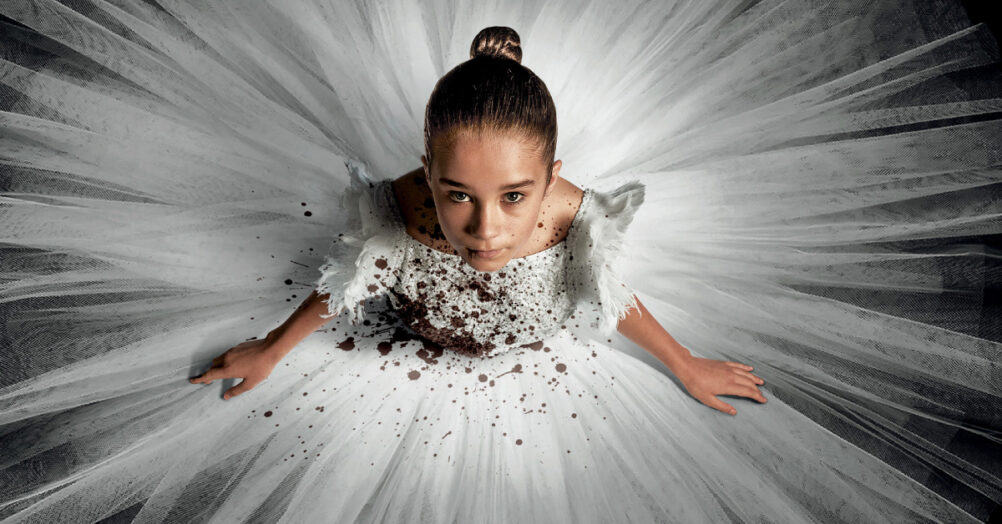
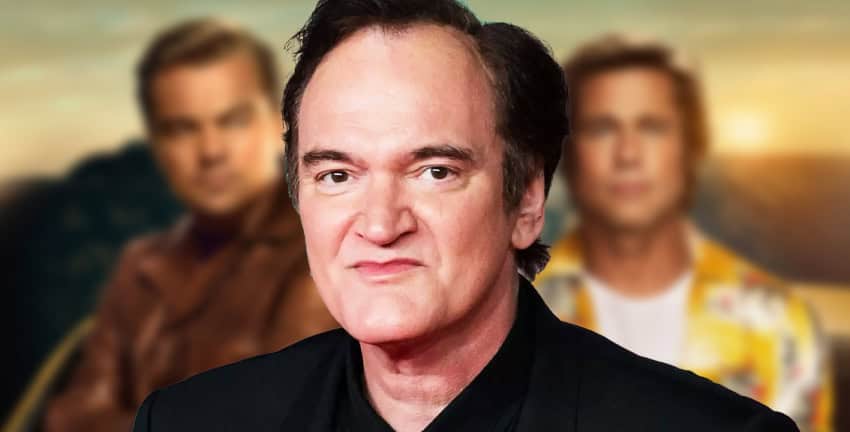
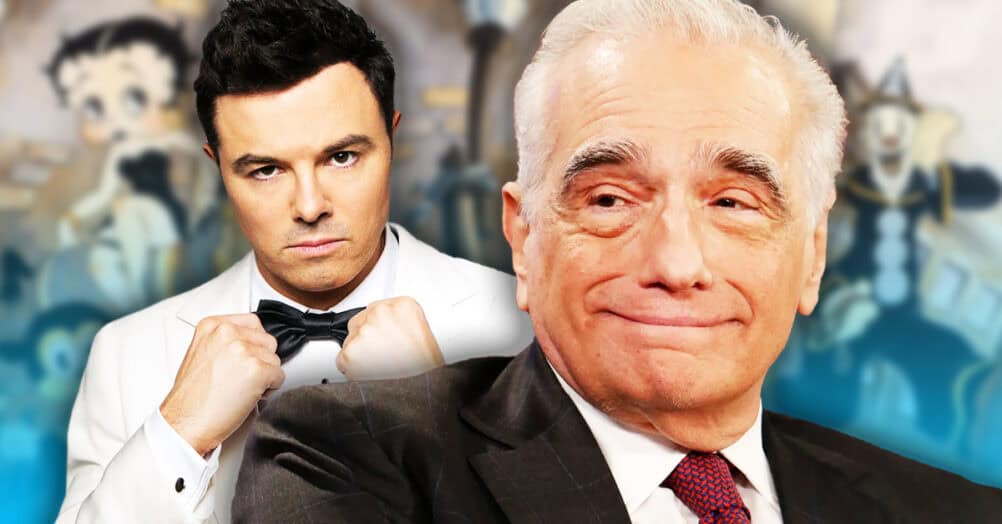
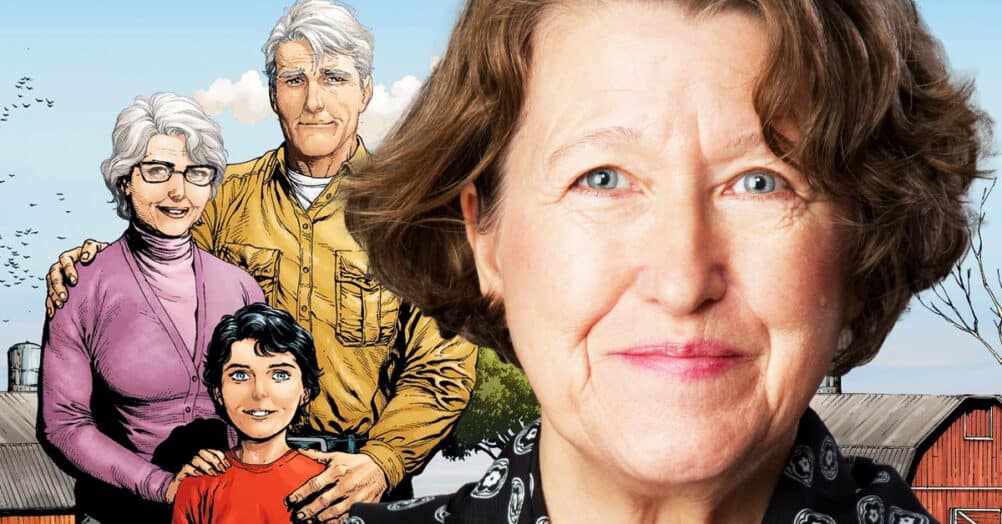
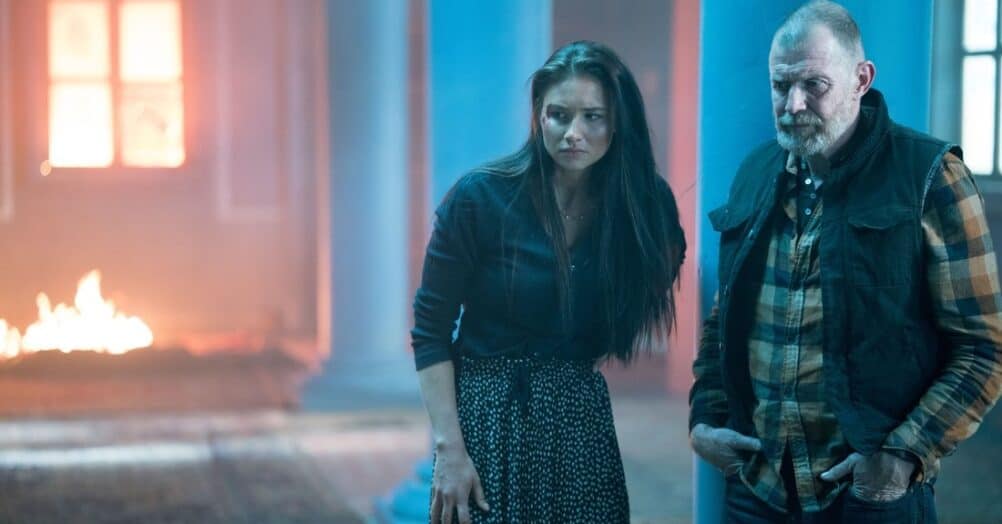
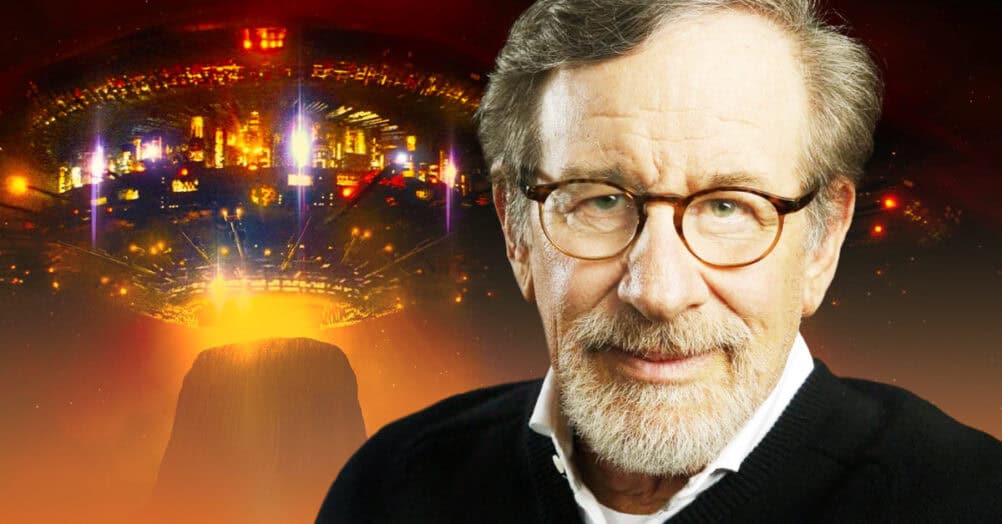
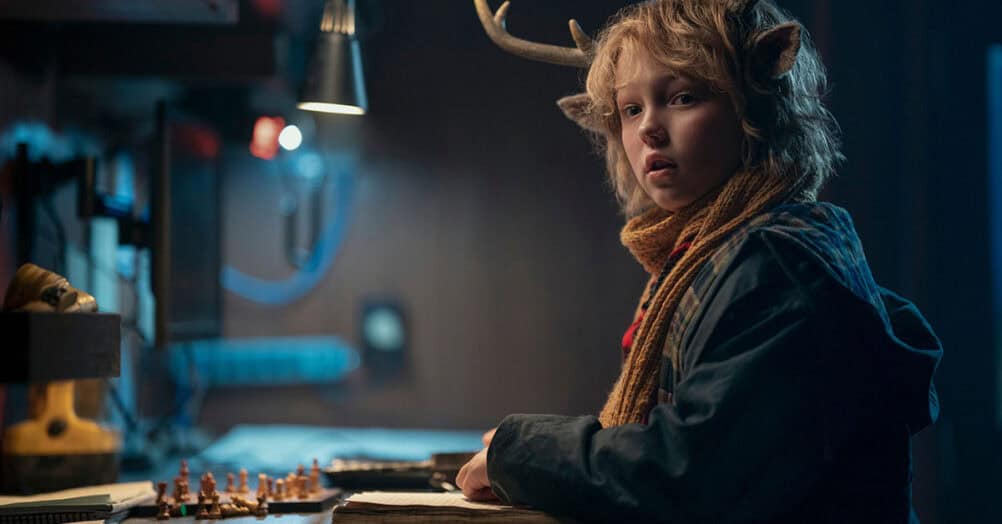
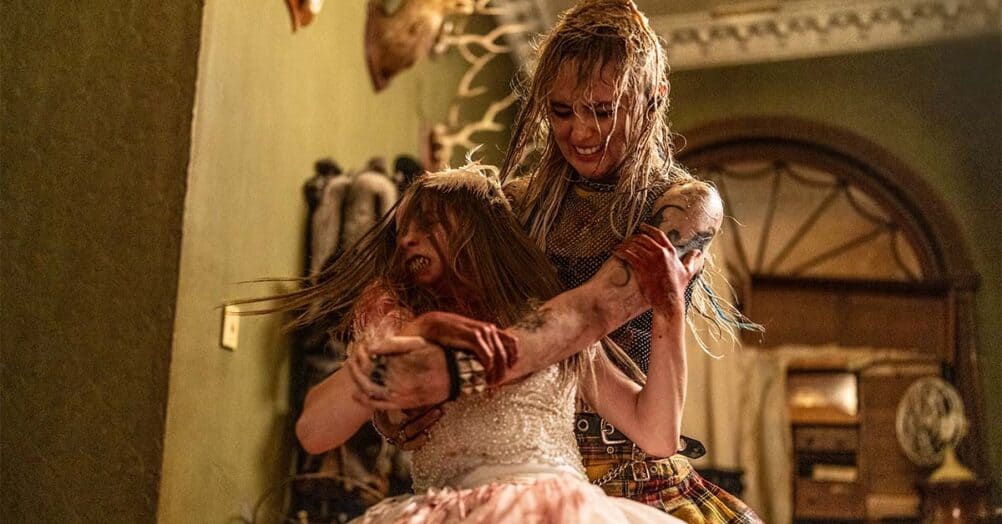
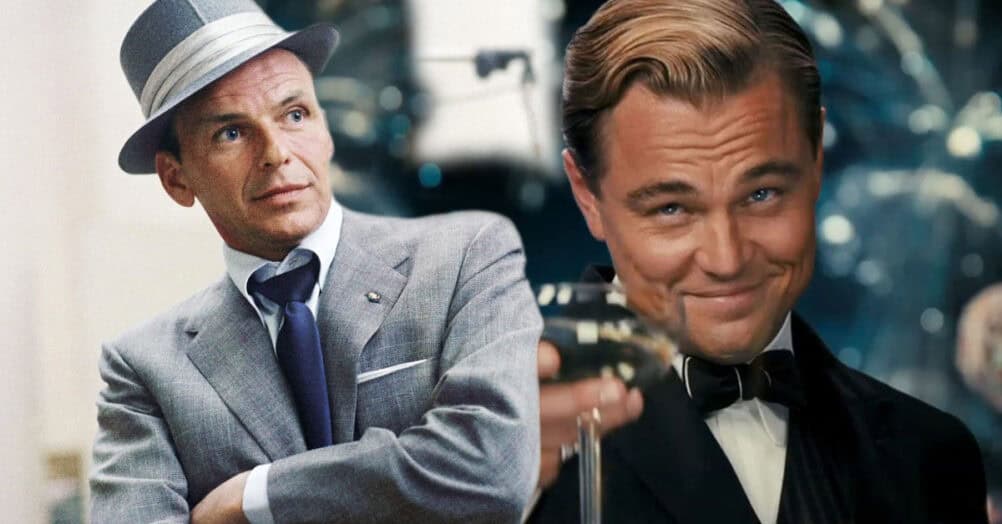
Follow the JOBLO MOVIE NETWORK
Follow us on YOUTUBE
Follow ARROW IN THE HEAD
Follow AITH on YOUTUBE